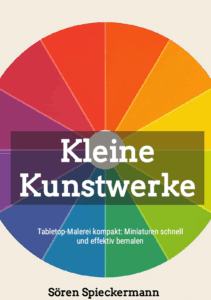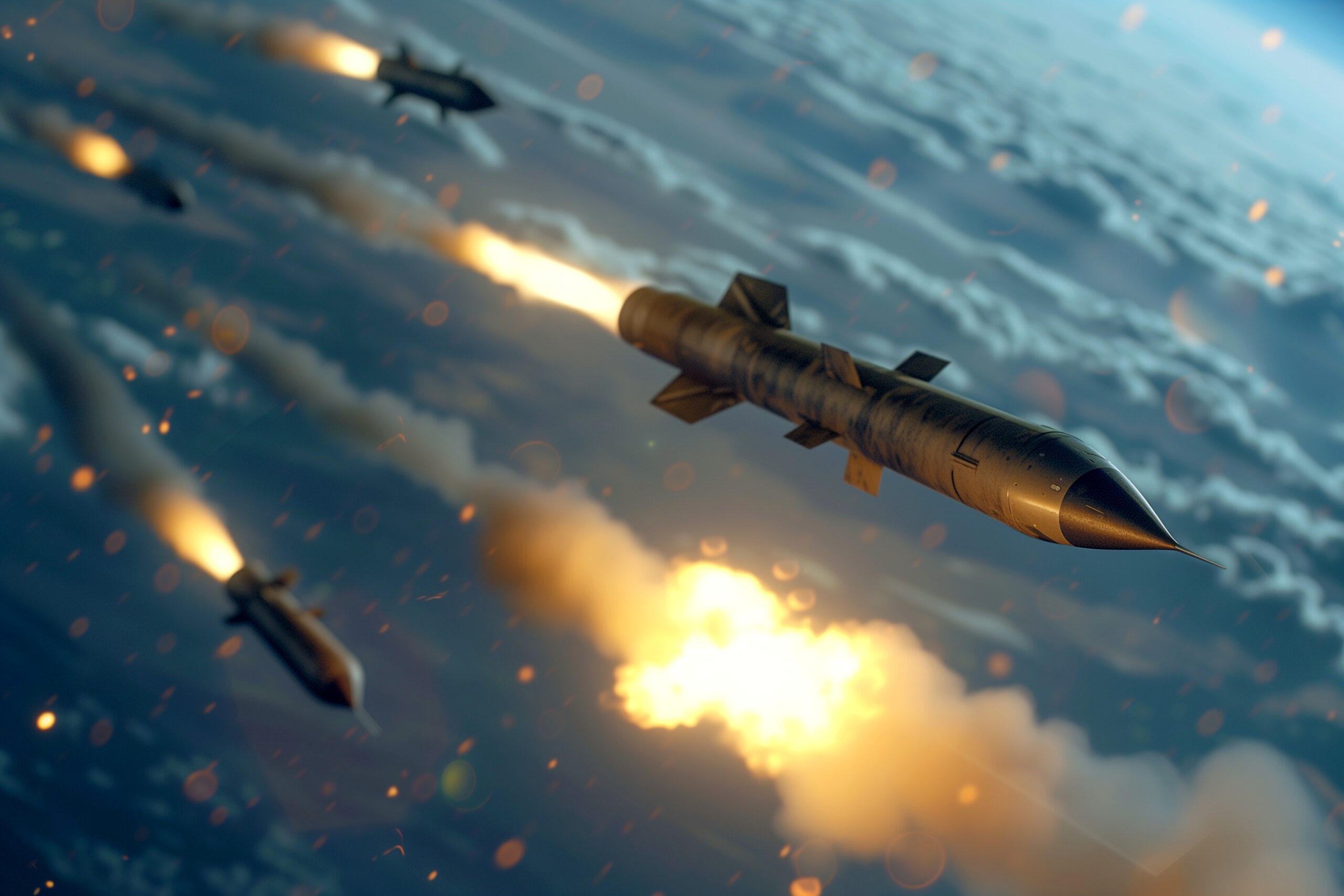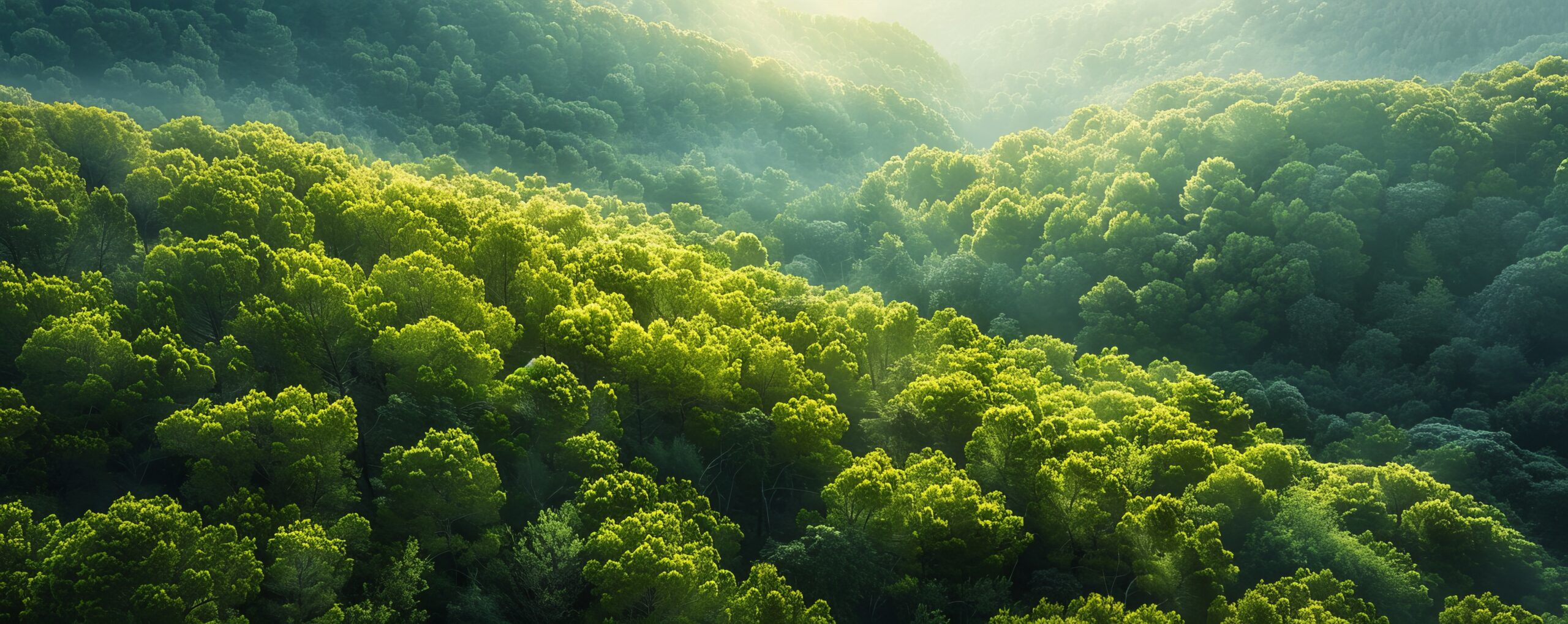From gray plastic to pride: 4 simple truths that will defeat your “pile of shame” forever
We all know it. It stares at us reproachfully from the shelf: the infamous “pile of shame” – a growing collection of unpainted miniatures that causes more discouragement than anticipation. The feeling is universal: you have big plans for an impressive army, but the mountain of gray plastic seems unconquerable. You start to doubt your own abilities and put off the project until your motivation has completely evaporated.

The central truth, however, is that the problem is not a lack of talent or time. It’s the crippling pressure of perfection and an inefficient approach that gets in our way. We think we need hundreds of colors and have to paint every miniature to a competitive level in order to be proud of it.
The new eBook “Small Works of Art” is your guide to painting your miniatures and terrain pieces quickly and efficiently. Download it for free today.
These four truths are at the heart of my own painting philosophy, and I was thrilled to see them take center stage in the new Tabletop Painting Compact book as well. They will help you break that cycle, pick up the paintbrush again with joy and finally get your army where it belongs: on the battlefield. At a time when new, fantastic miniatures are constantly appearing, the ability to paint armies efficiently is more important than ever to keep up with the flood of new projects.
Less is more – The myth of endless equipment
You need fewer tools and colors than you think.(1)
Believe me, at the beginning I also thought I needed a huge amount of equipment. You are confronted with countless tools and accessories. But the truth is: a minimalist approach is not only cheaper, but also much more productive. For beginners and even for advanced projects, a handful of basic tools are completely sufficient: a good pair of side cutters, a sharp craft knife for deburring and a file for smooth surfaces.
Three brushes are enough: a medium-sized one for basic colors, a fine one for details and an old one for rough work. My tip for beginners: use synthetic brushes! They are more durable, cheaper and more forgiving of mistakes. For me, a wet palette that keeps your paints wet for hours is essential. You don’t have to buy an expensive one – a flat plastic container with some kitchen paper and a piece of baking paper on top will do the trick. Add a primer in black, gray or white and you’re ready to go.
The same applies to the colors. Instead of getting lost in a huge collection, a wisely chosen palette of 10-15 colors will suffice. With primary colors, a few neutral tones, two metallic colors and a few essential washes (inks), you have everything you need for a whole army.
This point is crucial because it dramatically reduces the initial hurdle. It breaks down financial barriers and prevents the “analysis paralysis” that occurs when you are faced with too many options. Focusing on the essentials forces you to master the basics and, paradoxically, leads to better and faster results.
Fewer tools mean fewer distractions and a clearer focus on the painting process itself. The eBook “Small works of art” provides you with even more tips.
With this slim toolbox, you are perfectly positioned to use the most powerful and time-saving techniques available.
The magic of simple techniques – shadow and light in seconds
Two simple techniques achieve 80% of the result: washing and drybrushing.(2)
Many painters spend hours painstakingly applying layer upon layer of highlights and shadows. However, for a solid “battle ready” standard – miniatures that look fantastic on the gaming table – there are two magic shortcuts that will do most of the work for you: Washing (inking) and Drybrushing (drybrushing).
When washing, you apply a very thin paint, a so-called ink or shade, generously to a base-painted surface. The paint flows naturally into all the recesses and creates perfect, natural shadows once dry. Details become immediately visible and the miniature takes on an impressive depth – without any action on your part.
Drybrushing is the exact opposite. You take some paint on a brush, wipe it off almost completely on a cloth and then quickly go over the raised edges and textures of your miniature. The remaining color pigments only stick to these edges and create effortless highlights.
This combination is unbeatably effective. It saves an enormous amount of time and creates an instant visual effect of depth and definition that would otherwise require many complex steps. Trust me, this is an absolute game changer for anyone who wants to finish faster.
The combination of drybrushing and washing after applying the base colors is an unbeatable method for quickly achieving a convincing result.
While washing and drybrushing are the classic workhorses, modern color chemistry has given us an even faster tool…
The modern revolution – painting in a single layer
Modern colors such as Contrast or Speedpaints are a revolution in simplicity.(3)
In recent years, a new type of paint has taken the world of miniature painting by storm. Products such as Contrast Paints from Citadel or Speedpaints from The Army Painter are a real game changer for anyone who wants to achieve impressive results quickly.
The way they work is ingeniously simple: applied to a light base coat, these colors do three jobs at the same time. The highly pigmented but low-viscosity paint flows into the recesses and dries darker there (shadow), while it leaves a solid, transparent base color on the raised areas (base color with a slight highlight).
These paints are not a compromise solution, but a real revolution. They drastically speed up the painting process and make it possible to raise the “Battle Ready” standard to a whole new level. Especially for beginners who struggle with layering colors, or for us players with huge armies, they are a blessing. Organic textures such as fur, fabric or weathered armor can be painted in a fraction of the time.
They are an absolute turbo for the ‘Battle Ready’ standard and enable even beginners to achieve impressive results in no time at all. Start your project now with the new eBook “Small works of art”.
Whether you paint in the classic way or use the new Speedpaints – the biggest time saving is not in the paint itself, but in your workflow.
The right mindset – the power of the assembly line
Batch painting is the supreme discipline of efficiency. (4)
One of the biggest mental hurdles when painting an army is the feeling of never being finished. You paint a miniature from start to finish and then look at the nine other identical and untouched models in the unit. This is where “batch painting” or serial painting comes into play.
The concept is simple: instead of completing one miniature at a time, you carry out each individual work step on all the miniatures in the unit at the same time. You prime all ten models. Then apply the first base color to all ten models. Then apply the second base color to all ten, followed by the wash on all ten, and so on.
I know it feels unsatisfying at first because you don’t see a single finished miniature for a long time. But when you suddenly have a whole unit in front of you at the end, the feeling is unbeatable. Hang in there, it’s worth it! This approach is psychologically and practically far more efficient. You save an enormous amount of time because you don’t have to keep changing colors and cleaning brushes countless times. In the end, you not only have a finished miniature, but a complete, ready-to-play unit that also looks extremely coherent thanks to the identical approach.
Batch Painting requires some discipline and planning at first, but the reward is a coherent and quickly completed army that looks great on the gaming table.
Conclusion: From the pile of shame to the pile of pride
The road to a painted army doesn’t have to be a grueling marathon. The key lies in a chain of efficiency: you start with a minimalist setup (1), apply either classic (2) or modern quick techniques (3) and scale it up across your entire unit with the assembly line approach (4). It’s not about perfection, but about clever strategies and the right attitude.
Free yourself from the pressure of having to turn every miniature into a masterpiece. The central message is: The goal is to turn the “pile of shame” into a “pile of pride” – an army that you will enjoy using on the gaming table.
Which of these truths will you use in your next painting session to finally get your army onto the battlefield? The eBook “Small works of art” will help you with this.



